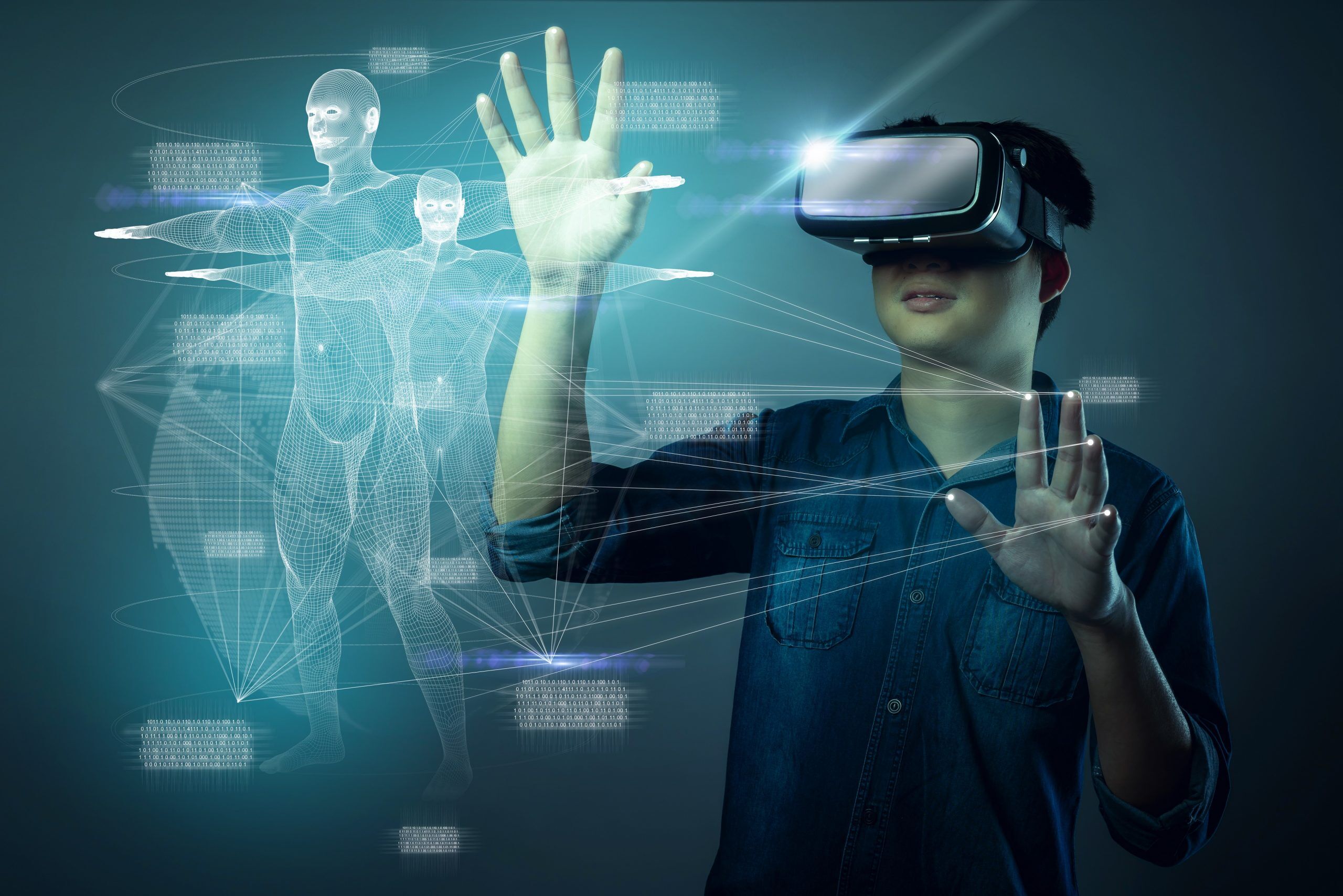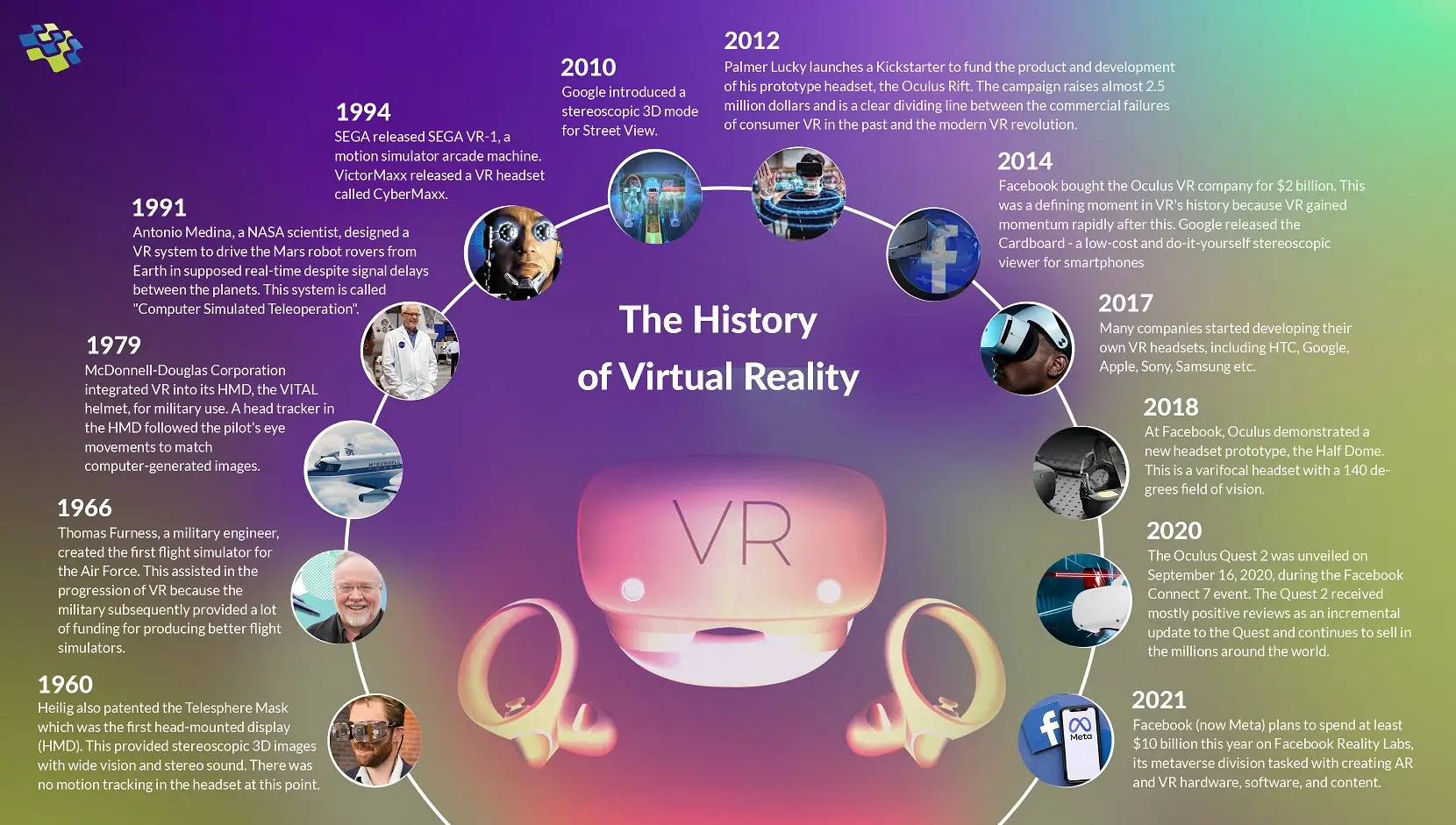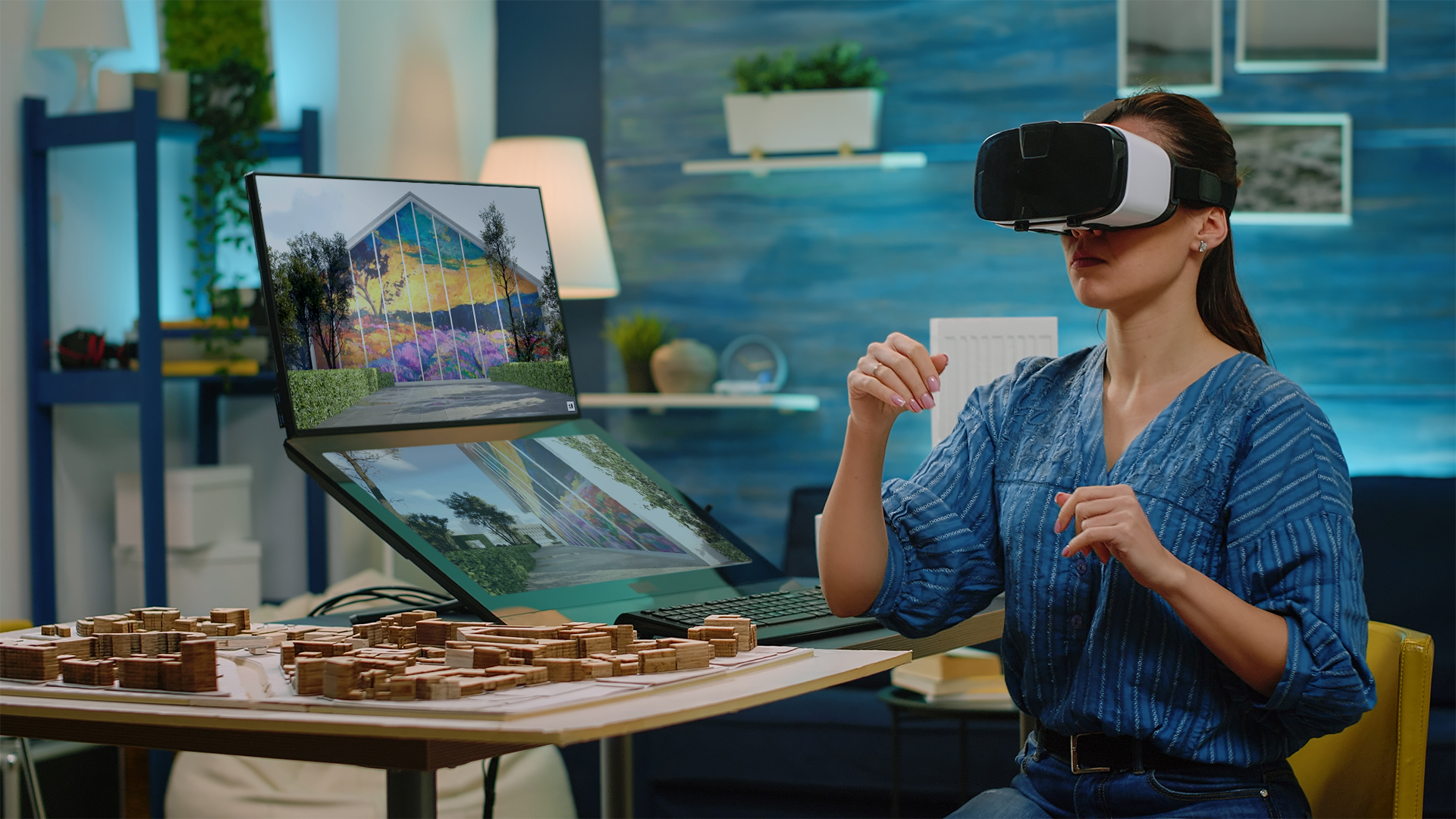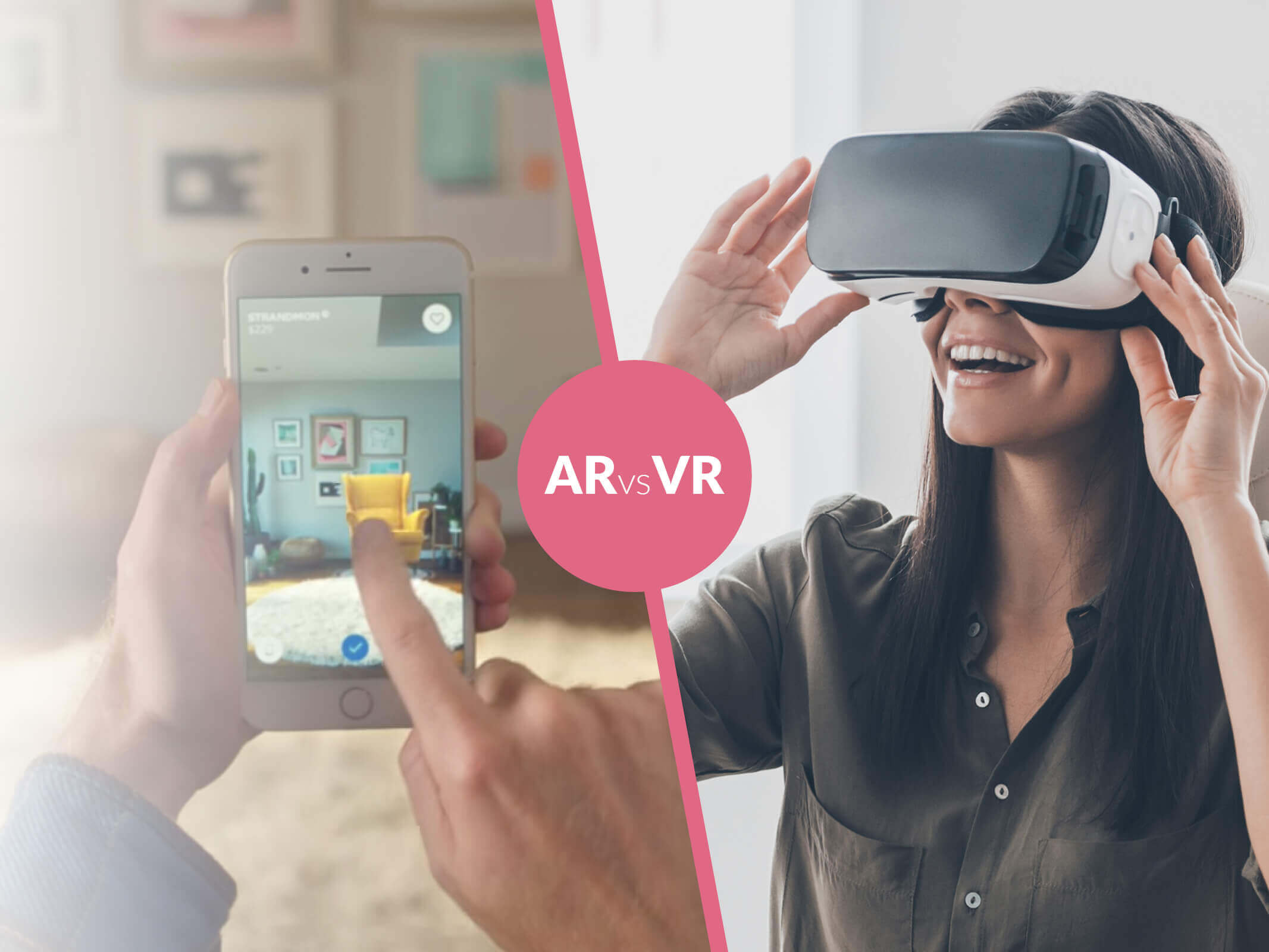Stepping Into the Metaverse: A Deep Dive into the World of Virtual Reality
Related Articles: Stepping Into the Metaverse: A Deep Dive into the World of Virtual Reality
- AI in Education: Revolutionizing Teaching and Learning with Cutting-Edge Tools
- Best IoT Devices for Home Security: Enhance Your Safety and Peace of Mind
- Smartphone Integration With Wearables
- Blockchain
- Autonomous Drone Technology
Introduction
With great pleasure, we will explore the intriguing topic related to Stepping Into the Metaverse: A Deep Dive into the World of Virtual Reality. Let’s weave interesting information and offer fresh perspectives to the readers.
Table of Content
Video about Stepping Into the Metaverse: A Deep Dive into the World of Virtual Reality
Stepping Into the Metaverse: A Deep Dive into the World of Virtual Reality

Virtual Reality (VR), once a futuristic fantasy confined to the realms of science fiction, has rapidly evolved into a tangible and increasingly impactful technology. No longer a niche pursuit for tech enthusiasts, VR is steadily weaving its way into various aspects of our lives, from entertainment and gaming to education, healthcare, and even business. This article delves into the fascinating world of VR, exploring its core principles, its transformative applications, the challenges it faces, and its potential to reshape our future.
Understanding the Fundamentals of VR:
At its core, VR aims to create immersive, interactive experiences that convincingly simulate real-world environments or entirely fantastical ones. This illusion of reality is achieved through a combination of hardware and software. The primary component is the VR headset, a head-mounted display (HMD) equipped with screens that display stereoscopic images, creating a three-dimensional effect. These images are often complemented by head-tracking technology, which monitors the user’s head movements and adjusts the displayed perspective accordingly, providing a sense of presence and immersion.
Beyond the headset, other peripherals can enhance the VR experience. These include hand controllers, allowing users to interact with virtual objects and environments; haptic suits, providing tactile feedback; and omnidirectional treadmills, enabling users to move freely within the virtual world without physical constraints. The software plays a crucial role in rendering the virtual environments, processing user input, and creating realistic physics and interactions.
The Transformative Power of VR Across Industries:
The applications of VR extend far beyond the realm of gaming, demonstrating its versatility and potential to revolutionize numerous sectors:
-
Gaming and Entertainment: This remains the most prominent application of VR. From immersive first-person shooters and role-playing games to interactive simulations and virtual concerts, VR offers unprecedented levels of engagement and realism, blurring the lines between the virtual and real worlds. The ability to physically inhabit a game world significantly enhances the player experience, creating a sense of presence and emotional investment rarely achievable with traditional gaming methods.
-
Education and Training: VR offers a unique opportunity to create engaging and effective learning environments. Students can explore historical sites, dissect virtual organs, or practice complex surgical procedures without the risks associated with real-world scenarios. Simulations created in VR allow for experiential learning, fostering deeper understanding and retention than traditional methods. This is particularly valuable in fields like medicine, engineering, and aviation, where practical training is crucial but potentially hazardous.
-
Healthcare: VR is rapidly gaining traction in healthcare, offering therapeutic applications for various conditions. Exposure therapy using VR can effectively treat phobias and anxiety disorders by gradually exposing patients to feared stimuli in a safe and controlled virtual environment. VR can also be used for pain management, rehabilitation, and even surgical planning. The ability to create realistic and customizable virtual environments allows for personalized treatment plans tailored to individual patient needs.

-
Architecture and Design: VR allows architects and designers to visualize and experience their creations before they are physically built. Clients can walk through virtual models of buildings, providing valuable feedback and allowing for design iterations based on real-time experience. This collaborative approach speeds up the design process, reduces costs associated with physical prototypes, and ultimately leads to more refined and user-friendly designs.

Retail and E-commerce: VR offers a unique shopping experience, allowing customers to virtually try on clothes, examine products in detail, and even explore virtual stores from the comfort of their homes. This immersive shopping experience can enhance customer engagement and drive sales, particularly for products that require physical interaction or visual assessment.
-
Business and Collaboration: VR facilitates remote collaboration, allowing teams dispersed across geographical locations to meet and work together in a shared virtual space. This can improve communication, enhance teamwork, and reduce the need for expensive and time-consuming travel. VR also offers opportunities for virtual training and onboarding, improving employee engagement and productivity.

Challenges and Limitations of VR Technology:
Despite its immense potential, VR technology still faces several challenges:
-
Cost and Accessibility: VR headsets and peripherals can be expensive, limiting accessibility to a wider audience. The high cost of development and production also presents a barrier to entry for many businesses and developers.
-
Motion Sickness and Discomfort: Some users experience motion sickness or discomfort when using VR headsets, particularly during prolonged use or with fast-paced movements within the virtual environment. This limits the potential audience and necessitates ongoing improvements in VR technology to mitigate these effects.
-
Technical Limitations: Current VR technology still has limitations in terms of graphical fidelity, processing power, and the realism of interactions. While advancements are constantly being made, achieving truly photorealistic and seamless virtual environments remains a challenge.
-
Content Creation: The development of high-quality VR content is time-consuming and expensive, requiring specialized skills and tools. A lack of readily available content can limit the adoption and appeal of VR technology.
-
Privacy and Security Concerns: As VR becomes more integrated into our lives, concerns about data privacy and security become increasingly important. The collection and use of user data within VR environments need careful consideration and robust safeguards.
The Future of Virtual Reality:
Despite the challenges, the future of VR appears bright. Ongoing advancements in hardware and software are steadily addressing limitations, making VR headsets more affordable, comfortable, and powerful. Improvements in graphical fidelity, haptic feedback, and interaction methods will further enhance the realism and immersion of VR experiences. The increasing availability of high-quality VR content across various sectors will also drive adoption and broaden its appeal.
The convergence of VR with other emerging technologies, such as augmented reality (AR) and artificial intelligence (AI), promises to unlock even greater potential. Mixed reality (MR) experiences, which blend virtual and real-world elements, offer exciting possibilities for both entertainment and practical applications. AI can be used to create more intelligent and adaptive virtual environments, enhancing the realism and personalization of VR experiences.
In conclusion, Virtual Reality is more than just a technological advancement; it’s a transformative force with the potential to reshape our interactions with the world around us. While challenges remain, the ongoing innovation and expanding applications of VR suggest a future where virtual and real worlds seamlessly intertwine, opening up exciting possibilities for entertainment, education, healthcare, and countless other fields. The journey into the metaverse is only just beginning, and the possibilities are truly limitless.

Closure
Thus, we hope this article has provided valuable insights into Stepping Into the Metaverse: A Deep Dive into the World of Virtual Reality. We appreciate your attention to our article. See you in our next article!